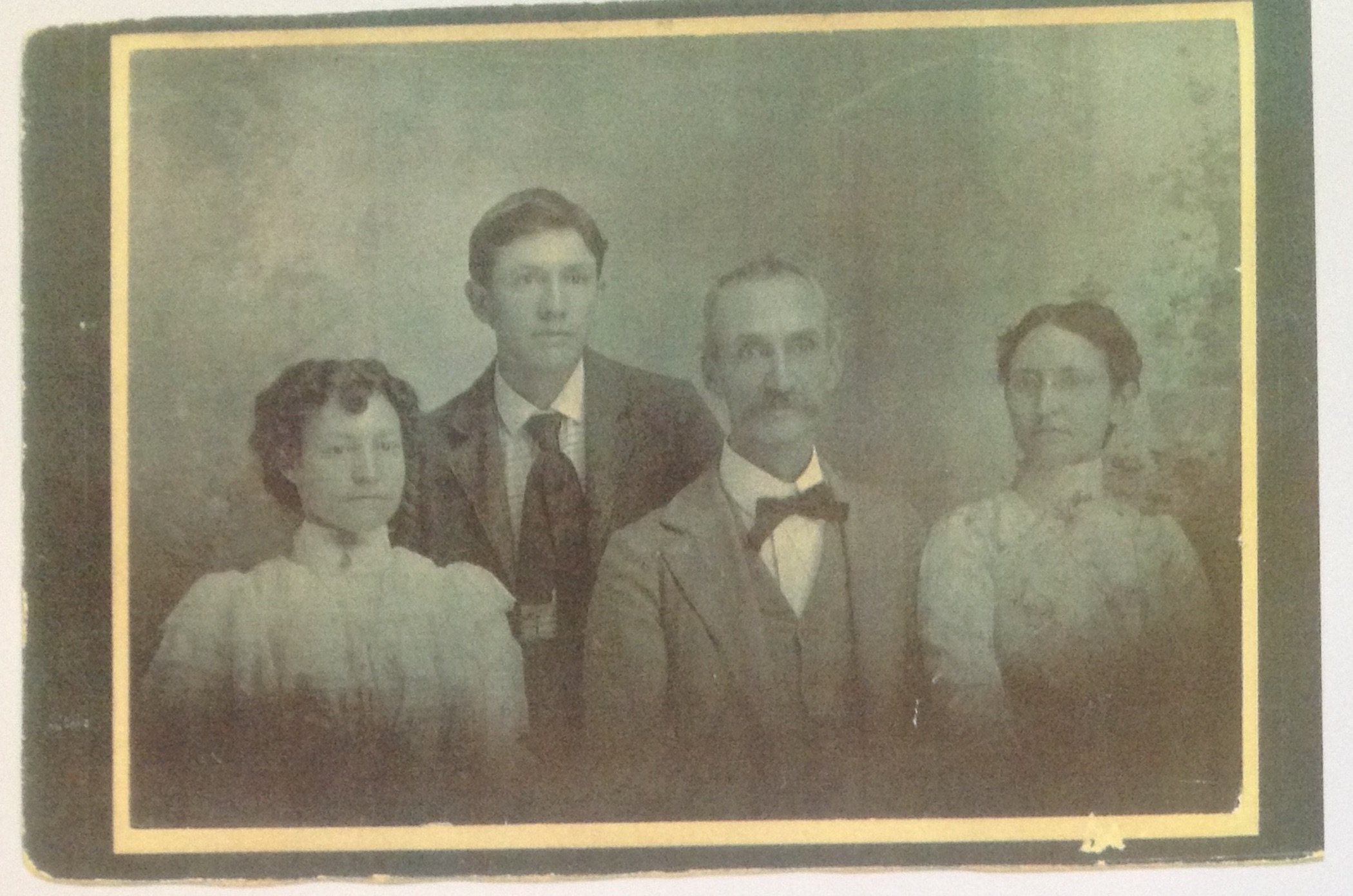The Roots of James Lewis Johnson in Catoctin Furnace, Maryland
A Virtual Salon Talk by Elizabeth A Comer
Thursday, July 17th, 3pm
Register for Zoom Link
ABOUT THE TALK
El Zaguan, 545 Canyon Road, is the present day headquarters of Historic Santa Fe Foundation. It is a piece of a larger compound with a multi-room house, orchard, stables, farmland, and outbuildings created by James L. Johnson and his wife Maria Jesus Montoya. Johnson began purchasing parcels on Canyon Road in 1854 and built this sizable Territorial-style house. Elizabeth A. Comer will present ‘The Roots of James Lewis Johnson in Catoctin Furnace, Maryland’ to share Johnson’s life before Santa Fe, his family, their legacy in Maryland, and the Catoctin Furnace Historical Societies work. “The Catoctin Furnace Historical Society, Inc. focuses on commemorating, studying, and preserving the architecture, cultural landscapes, lifeways and foodways of the enslaved Africans, free African Americans, and European immigrant laborers and families.”
ABOUT THE SPEAKER
Elizabeth Anderson Comer is an archaeologist who serves as the president of the Catoctin Furnace Historical Society, Inc. and president of EAC/Archaeology, Inc. She is ABD at the University of Maryland, currently completing her Ph.D. in American Studies with a concentration in archaeology. As City Archaeologist for the City of Baltimore, Maryland (1983-1987) she directed and managed the archaeological department for the city and specialized in complex urban, industrial and waterfront projects.
As secretary and now president of the Catoctin Furnace Historical Society, Inc., Ms. Comer has successfully pursued a bond bill, grant monies and other funding to restore the 1810 log collier’s house, the 1821 stone Forgeman’s house, the Museum of the Ironworker, the construction of an interpretative trail for the African-American cemetery, the purchase and establishment of the ca. 1820 Miller House as the innovative “Furnace Fellows” headquarters, and bio archaeological research about the Catoctin Furnace population. She edited "Catoctin Furnace: Portrait of an Iron-Making Village," published by History Press in 2013, a meticulously researched and extensively referenced social, economic and technical history of Catoctin Furnace.
In 2015 The Catoctin Furnace Historical Society was awarded a Maryland Historical Trust/Maryland Heritage Areas Authority Non-Capital Grant to fund a two-part research and tourism project aimed at increasing public awareness of the role of enslaved African Americans in the iron industry. Ms. Comer serves as the co-principal investigator for the joint Smithsonian Institution/Catoctin Furnace Historical Society, Inc. research project focusing on the remains of thirty-five individuals from the Catoctin Furnace slave cemetery. There is no descendent community that traces its roots to these early workers and this project includes renewed efforts to learn more about these poorly documented early laborers, and to connect the past with the present through increased heritage tourism to the site. The project’s first phase involved updated forensic analyses of the human remains from the cemetery including reassessments of demography and pathology, carbon and nitrogen stable isotope studies, heavy metals analysis, and comparison to Mid-Atlantic historic and anatomical reference collections.
DNA analysis, a final and critical component of the study, is providing data on ancestral origins of individuals in the cemetery and determining their relatedness to one another. Partnering with the Reich Laboratory of Medical and Population Genetics at Harvard University to conduct ancient DNA analysis (aDNA) on bone or tooth samples collected from a selected subset of 28 individuals, collaboration between the Smithsonian, Reich Laboratory and 23andMe, Inc., is resulting in the ancient DNA from the Catoctin remains being cross-referenced with contemporary DNA sequences housed in worldwide databases. This research can assist in determining the relationship between these historic remains and living populations.


